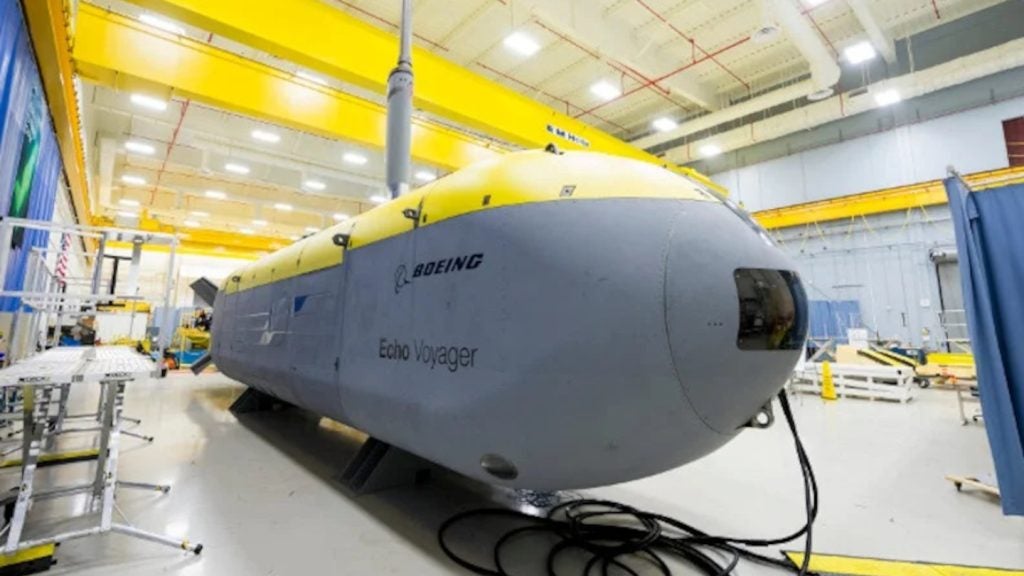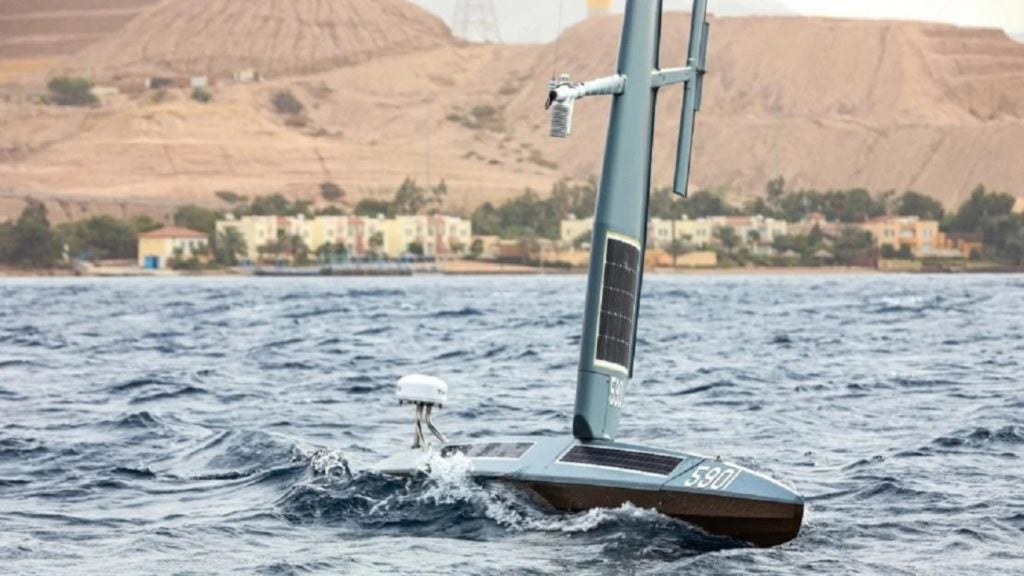The RQ-21A Blackjack is a small tactical unmanned aircraft system (STUAS) designed and developed by Insitu, a Boeing company, to meet the requirements of the US Navy and the US Marine Corps (USMC).
The Blackjack can be deployed in persistent maritime and land-based tactical intelligence, surveillance and reconnaissance, data collection, target acquisition and dissemination missions.
The multi-intelligence aircraft system constitutes five air vehicles with multi-mission payloads, two ground control stations and ancillary equipment.
The USMC has a requirement for 32 RQ-21A unmanned systems, while the US Navy requires 25 systems to be used for shipboard, special warfare and expeditionary operations.
Development of RQ-21A Blackjack
Insitu secured a $43.7m contract from Naval Air Systems Command (NAVAIR) in July 2010 to design and develop the RQ-21A Blackjack.
The USMC received a system from Insitu in Integrator configuration in January 2012 to execute early operational capability (EOC) for the STUAS programme. The maiden flight of the same was performed in the same month and the new system was deployed with USMC’s unmanned aerial vehicle squadron (VMU) 2 and 3.
The RQ-21A Blackjack successfully performed its first flight in July 2012. The land-based testing of the aircraft system was concluded in December 2012.
The Blackjack successfully performed first ship-borne flight from the San Antonio-class amphibious transport dock USS Mesa Verde (LPD 19) in February 2013. The low-rate initial production was authorised in May 2013.
The first east coast flight trials were performed from the Webster Field Annex at Naval Air Station Patuxent River in June 2013.
The unmanned aircraft system was launched at a test range in Boardman, Oregon, in December 2013 during the Navy and Marine Corps acceptance testing. The USMC accepted and commenced the operational test and evaluation (IOT&E) in January 2014 at its Air Ground Combat Center Twentynine Palms, California. The system is expected to achieve initial operational capability in spring 2014.
RQ-21A STUAS features
The RQ-21A is a twin-tailed UAS based on the Integrator unmanned system. It is a successor to Insitu’s ScanEagle, and supports both land and maritime operations.
The length and wing span of the Blackjack are 8.2ft and 16ft respectively. The system has an empty structure weight of 81lb, maximum takeoff weight of 135lb, and maximum payload capacity of 39lb.
The roll-on, roll-off capability of the RQ-21A assists to perform ship-to-objective manoeuvres. The lower logistics footprint ensures deployment from small sites and ship decks. The UAS supports tactical operations on land and at sea as it doesn’t need a runway for landing.
Payloads
The standard payload configuration of the RQ-21A includes electro-optic imager, mid-wave infrared imager, laser rangefinder, infrared (IR) marker, and automatic identification system (AIS) receivers. The sophisticated payload allows military units to quickly address the emerging threats. The system requires 350W of onboard power for the payload operation.
The configurable payload spaces of the Blackjack are interfaced with a communications relay package, including Ethernet (TCP/IP) protocol and data encryption device.
Z Microsystems received a contract from the US Naval Surface Warfare Center in February 2013 to provide intelligent display series (IDS) for RQ-21A. The IDS features flat panel displays that provide real-time enhanced video capabilities.
The UAS can carry sensor payloads weighing up to 25lb and can be reconfigured to accommodate new payloads to meet expanded mission requirements.
Engine and performance of RQ-21A
The RQ-21A unmanned aircraft system is powered by a reciprocating engine rated at 8hp. The engine integrates the electronic fuel injection (EFI), and burns JP-5 and JP-8 fuels.
The UAS can execute mission for more than 13 hours. It has a ceiling of over 19,500ft and a minimum operating range of 50nm. The maximum horizontal speed and the cruise speeds are 90kt and 60kt respectively.

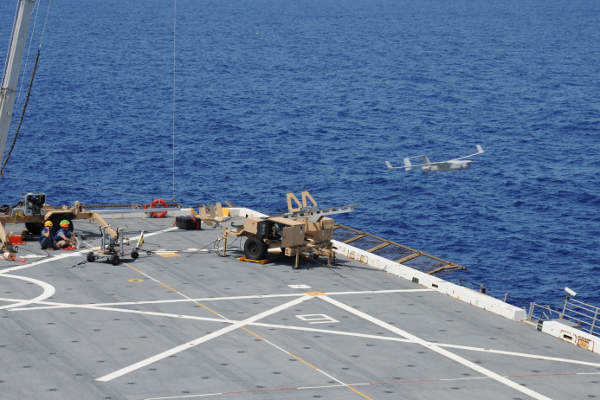
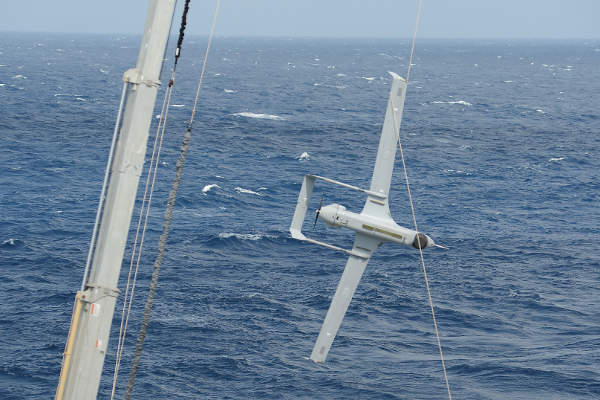
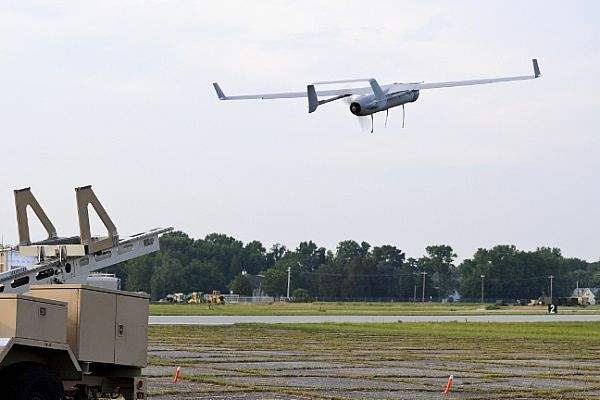
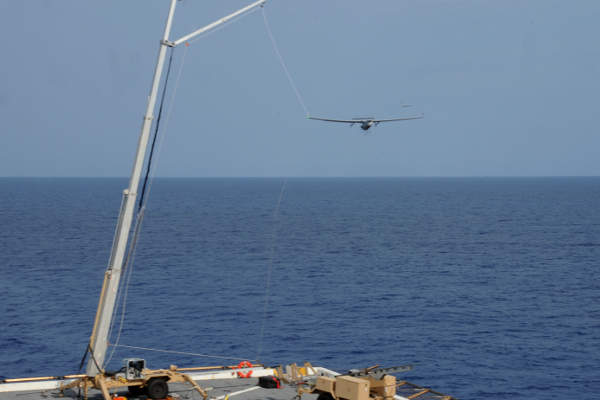


.gif)
